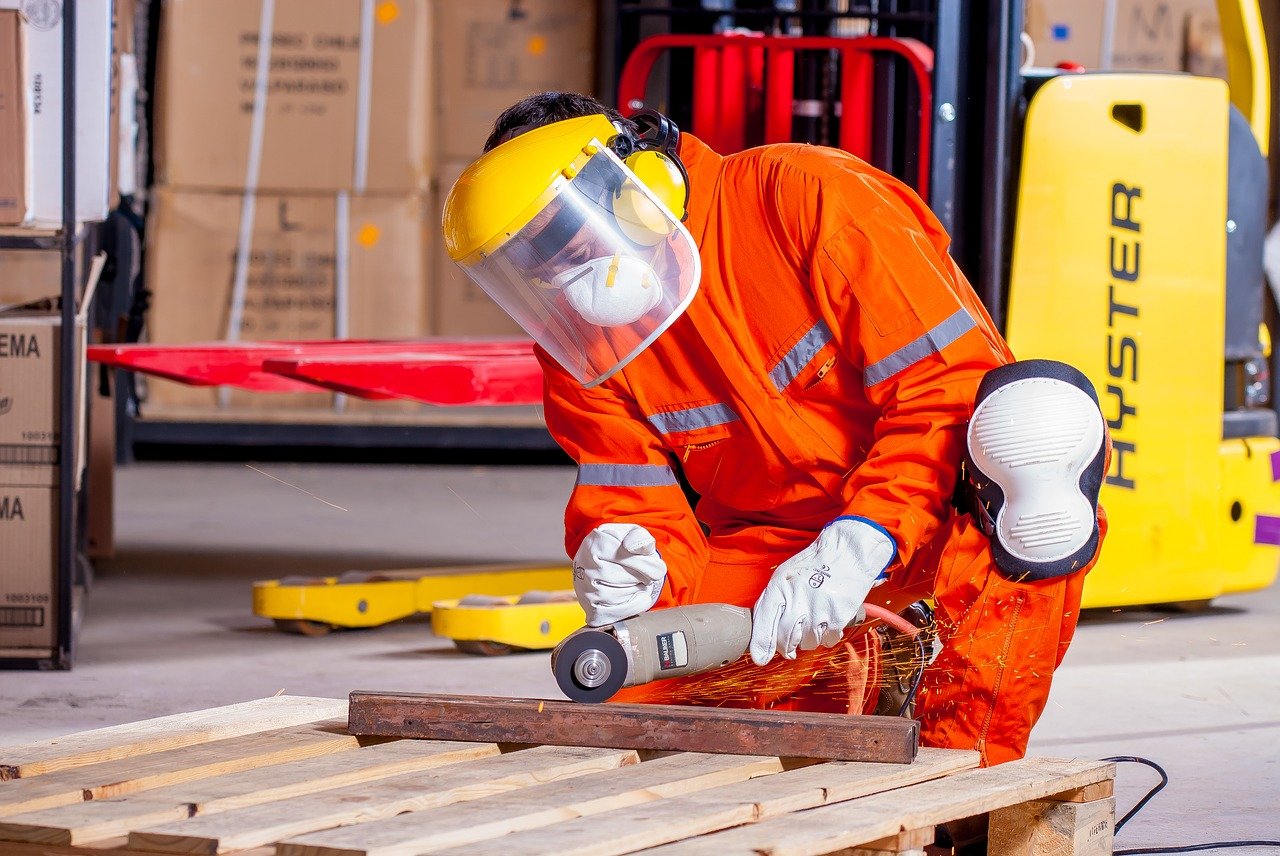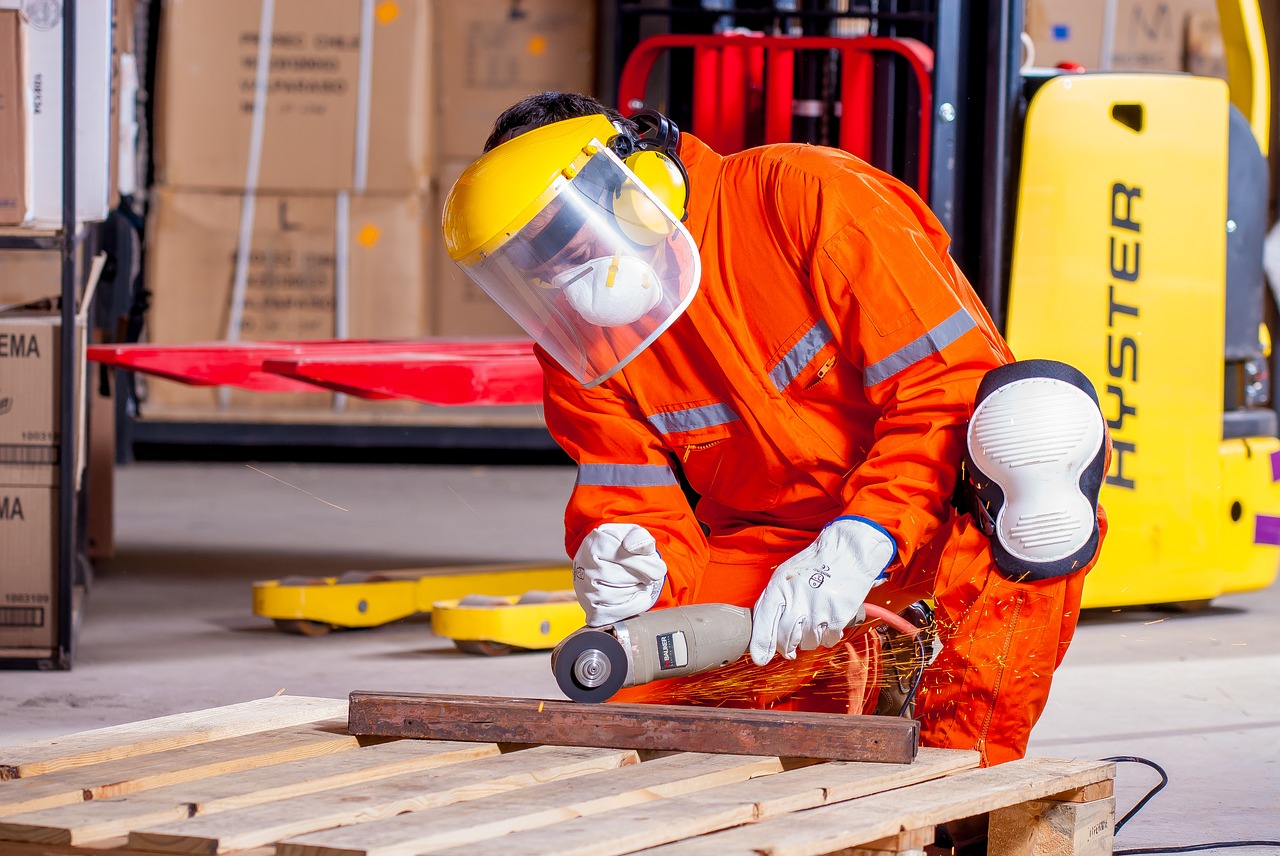
The Front Line of Safety
No matter how good your safety policies and procedures are, if your personnel don’t have a safety-first mindset, your safety program won’t be as effective as it should be.
Operators in the field are the closest to any safety issue. They are the ones who see what’s really going on. If they aren’t proactively watching for any safety issues, then your safety program has a big hole in it.
It’s great if you are using safety tools such as The Checker audit/inspection software or checklist books. But even with the right tools, personnel need to go beyond what’s required and take safety into their own hands.
Personnel should be constantly vigilant on the job for any safety issues. A pre-job inspection may not have revealed any problems, but that doesn’t mean problems won’t occur during the job.
Operators with a true safety mindset are alert throughout the day to any possible dangers that occur during the job—whether it be sudden problems with equipment, new hazards, or unsafe behavior by their co-workers.
Safety-First Training
Implementing safety policies and procedures isn’t enough. Neither is enforcement. You also need a training program aimed at changing the mindset of personnel who don’t already “get” safety.
No one wants to get hurt, and no one wants their colleagues to get hurt. So why is it necessary to train personnel to have a safety mindset?
Part of it is simply human nature. We think bad things happen in the news, not to us. We can do something risky—like texting while driving—but most times, we’re okay. Nothing bad happens. It’s easy to become complacent.
There’s also time pressure. Taking time to address an unsafe situation on the job can take time, without reducing the time to complete a task. It’s easy to prioritize work activities that are focused on “getting the job done” rather than keeping people safe.
When developing and refining your safety training, it’s important to recognize and address these natural tendencies to undervalue safety. Drive home the point that being safe isn’t just about following certain steps; it’s about always being on the lookout for any safety issues.
An overriding message of effective safety training is that safety is for personnel. Safety is good business for many reasons, but ultimately the most important reason for safety measures is to protect personnel. If they understand and appreciate this reason, safety issues that arise on the job won’t go unnoticed or unreported, and your safety program will be elevated to a higher level.
Safety-First Management
This training will only stick if there is management support—from the top level to front-line supervisors. Personnel need to know that if they bring up a safety problem on the job, they will be applauded rather than being viewed as “troublemakers.”
If management doesn’t have a safety-first mindset itself, safety throughout the company will become lip service and shortcuts will be taken. Operators will sacrifice safety for “efficiency.” The eyes that you need on the front line for an effective safety program will be looking elsewhere.
Takeaway
In addition to comprehensive policies and procedures and the right safety tools, a strong safety program requires personnel who are consistently watchful for any safety issues that may arise on the job.




